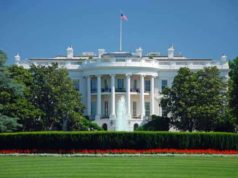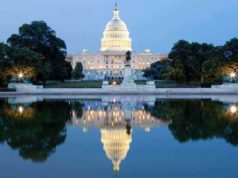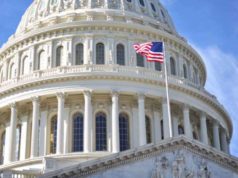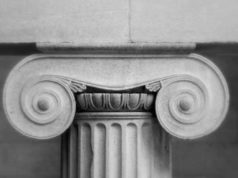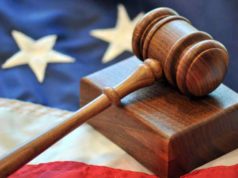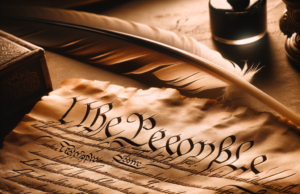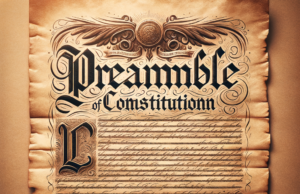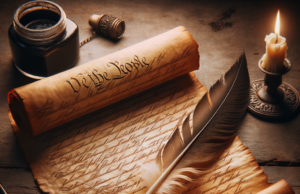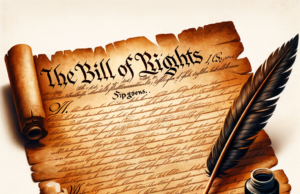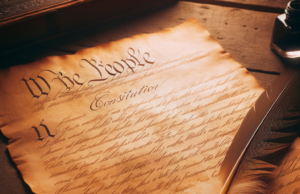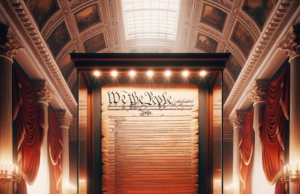Table of Contents
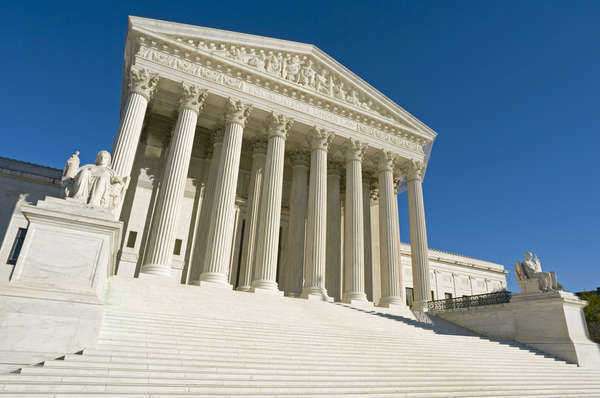
The United States Constitution is a foundational document that outlines the powers and responsibilities of the American government. One of the most important provisions in the Constitution is Article 1, which establishes the legislative branch of the government and delineates its powers. In this article, we’ll take a closer look at the legislative powers granted to Congress by Article 1 of the Constitution.
Overview of Article 1
Article 1 is a central component of the Constitution that establishes the structure and functions of the legislative branch of the government. The provision is divided into several different sections, including the following:
Section 1: All legislative powers granted herein shall be vested in a Congress of the United States, which shall consist of a Senate and a House of Representatives.
Section 2: The House of Representatives shall be composed of Members chosen every second Year by the People of the several States, and the electors in each State shall have the qualifications requisite for electors of the most numerous branch of the State Legislature.
Section 3: The Senate of the United States shall be composed of two Senators from each State, chosen by the Legislature thereof for six Years; and each Senator shall have one Vote.
Section 7: All bills for raising revenue shall originate in the House of Representatives; but the Senate may propose or concur with Amendments as on other Bills.
These sections, among others, establish the basic framework for the way Congress is structured and the powers it holds. One of the most important powers granted to Congress by Article 1 is the power to make laws.
Congressional Legislative Powers
Article 1, Section 8 of the Constitution grants Congress specific legislative powers, including the following:
1. The power to lay and collect taxes, duties, imposts, and excises.
2. The power to borrow money on the credit of the United States.
3. The power to regulate commerce with foreign nations, and among the several states, and with Indian tribes.
4. The power to establish uniform rules of naturalization and immigration.
5. The power to coin money, regulate its value, and fix the standard of weights and measures.
6. The power to provide for the punishment of counterfeiting.
7. The power to establish post offices and post roads.
8. The power to promote the progress of science and useful arts by securing for limited times to authors and inventors the exclusive right to their respective writings and discoveries.
9. The power to constitute tribunals inferior to the Supreme Court.
10. The power to define and punish piracies and felonies committed on the high seas, and offenses against the laws of nations.
11. The power to declare war, grant letters of marque and reprisal, and make rules concerning captures on land and water.
12. The power to raise and support armies, provide and maintain a navy, and make rules for the government and regulation of the land and naval forces.
13. The power to call forth the militia to execute the laws of the union, suppress insurrections, and repel invasions.14. The power to provide for organizing, arming, and disciplining, the militia.
In addition to these specific powers, Congress also holds the general legislative power to make laws necessary and proper for carrying out its delegated powers, as referred to in the Constitution as the “Elastic Clause.”
Legislative Process
The legislative process occurs when members of either the House or the Senate introduce a bill, which is a written proposal for a new law or revision of an existing one. The proposed bill is then reviewed and debated by committees before being put to a vote by the full chamber.
Once a bill is passed by one chamber, it is sent to the other chamber where it will go through a similar process. If it is passed by both chambers, it is then sent to the President for signature. If the President signs the bill, it becomes law. If the President vetoes the bill, it can still become law with a two-thirds vote in both chambers of Congress.
Conclusion
Article 1 of the Constitution grants Congress the power to make laws essential for promoting the general welfare of American citizens. The Constitution empowers Congress to formulate laws and policies that will affect the course of the American government and its economy. While this power is subject to checks and balances by other branches of the government, Article 1 remains a cornerstone of American governance, ensuring that the legislative branch remains an essential component of the American system.
The United States Constitution grants all legislative powers to Congress in Article I,Section I, in what is commonly refer to as the “Vesting Clause.” The “Vesting Clause” exists also in Articles II and III, in which it also delegates the specific powers that are to be granted to other branches of Government: the executive branch and judicial branch.
The “Vesting Clause” in the Constitution found in Article I, Section I states: “All legislative Powers herein granted shall be vested in a Congress of the United States, which shall consist of a Senate and House of Representatives.” The language of the text essentially grants all of the legislative authority of the Federal Government to the United States Congress.
The importance of the “Vesting Clause” being employed in the United States Constitution is that it provides for separation of powers by giving each branch of the Government specific powers and authority restricted to that particular branch. That is to say, that the legislative powers given to Congress cannot be exercised or employed by the President because he pertains to the executive branch. However, the “Vesting Clause” dictates that the powers granted under Article I of the Constitution are exclusive to Congress.
The vesting clauses found in the other two articles do not include the words “herein granted,” which enumerates the powers and authoritative provisions in Article I. The other branches of Government are not explicitly restricted by the text and are open to exercise certain “implied” powers that may fall under their jurisdiction. However, Congress has employed a power that was not strictly enumerated in the Constitution, which is investigations.
The Supreme Court has long ago validated and affirmed these powers as a contingency of Congress’ legislative powers. It is important to note that such investigations are limited to the realm of legislative functions. Congress cannot simply undertake an investigation or compel for cooperation in an investigation simply for the purpose of uncovering information at random. Investigations by Congress are to be bound within their legislative powers and authority. This prevents Congress from overstepping its boundaries and journeying out of its imposed jurisdiction because it would violate the doctrine of separation of powers.
On the other hand, the courts have provided for quite a broad interpretation of Congress’ powers for investigation. The question of whether Congress is involved in an investigation for ulterior motives would not be questioned by the courts. The only concern of the courts would be to determine if such investigation is within the realm of Congress’ authority of power and regulation.
All those required to cooperate with a Congress investigation are liable to be punished by law if refusal is given. Under the Constitution, Congress has the authority to levy a punishment of contempt to those who refuse cooperation with a Congressional investigation. All those participating in such investigations are protected by the Constitution and are guaranteed the rights as found under the Bill of Rights.


